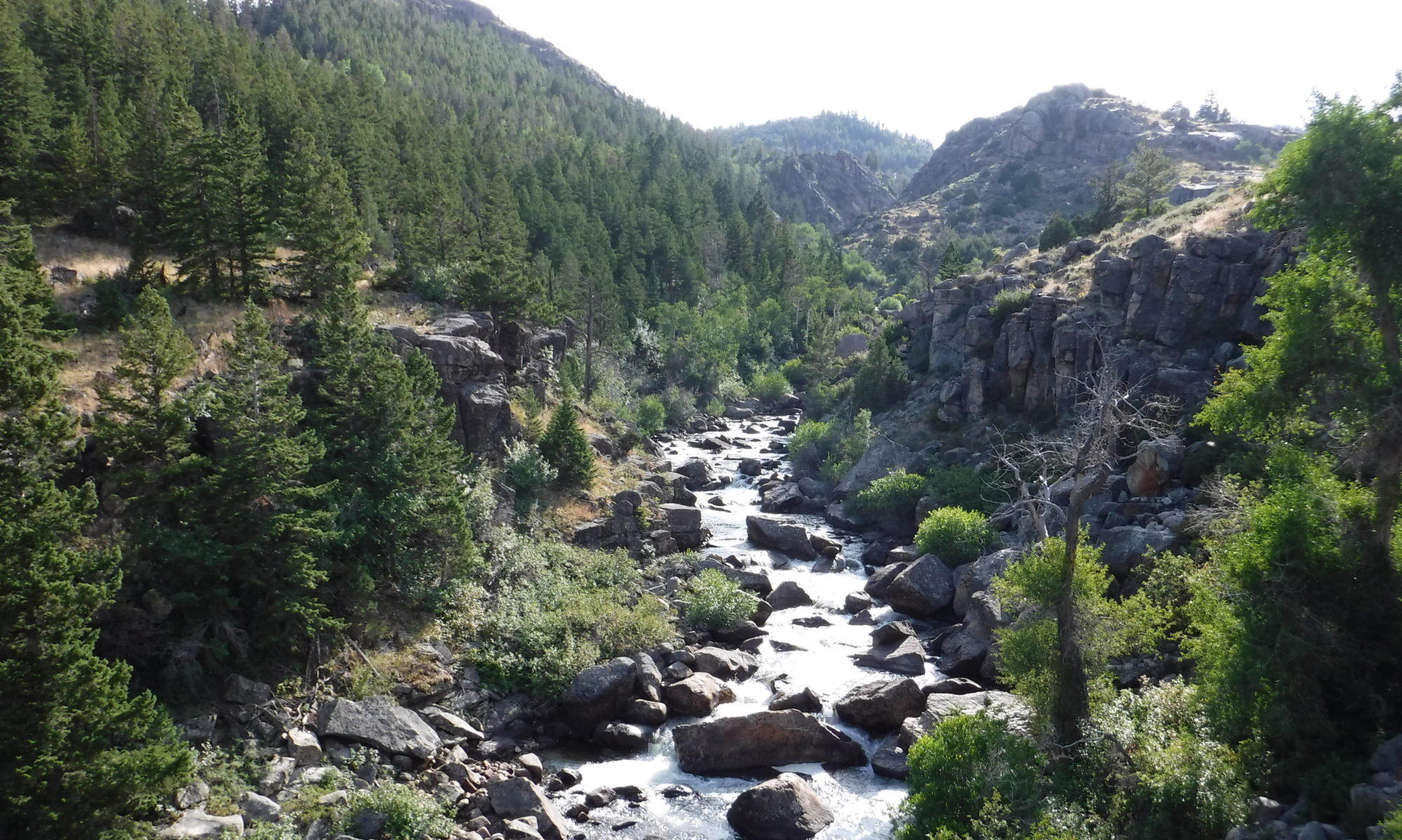Xiaoping Yuan leads a new paper in JGR: Solid Earth showing how fluvial sedimentary deposits might record variations in mean precipitation rate. Find it here .
Preprint on modeling marine stratigraphy
Model-data synthesis suggests that it is essential to incorporate nonlocal sediment transport processes into our stratigraphic forward models if we want to be able use stratigraphy to quantitatively infer past perturbations to landscapes. Check out the preprint!
New paper on terrain metrics for predictive mapping/modeling
If you like DEMs, you won’t want to miss this thorough yet accessible review led by my WVU colleague and GIS wizard Aaron Maxwell. We discuss best practices for selection and use of terrain metrics in mapping and predictive modelling tasks, with a focus on gaining insight into geomorphic processes.
Review paper out now in Earth-Sci Reviews
Take a look at our new invited review on how boulders influence landscape evolution, out now in Earth-Science Reviews. We try to synthesize recent progress on this problem and point out directions for fruitful future research. Thanks to coauthors Jens Turowski, Ron Nativ, Rachel Glade, Georgie Bennett, and Bene Dini!
New paper: projections of erosion
If you’ve got buried hazardous waste, you want to be able to predict how quickly the land surface will lower. We’re now one step closer thanks to Katy Barnhart; check out the latest in JGR: Earth Surface!
Model of landslide-river interactions out now
Modeling wizard Benjamin Campforts (CU Boulder) has published HyLands 1.0, a new model that seeks to elucidate the interactions among landslides, landslide-derived sediment, and river incision that govern landscape evolution. Find the paper here!
New paper out in GSA Bulletin
Find it here! If some rock units deliver large boulders to rivers through landsliding, but other rock units don’t, does this leave a meaningful imprint on the shape of the landscape? We mapped 1,833 boulders, analyzed topography and landslide inventories, and applied a simple numerical model to understand how lithologically controlled boulder delivery influences landscape response to tectonics. This data-intensive undertaking was only possible thanks to fantastic collaborators Georgie Bennett, Greg Tucker, Kevin Roback, Scott Miller, and Josh Roering!
Preprint on landslides and landscapes up for public discussion
Modeling landsliding and the fate of landslide-derived sediment helps us better understand both short-term geohazards and long-term landscape evolution. See Benjamin Campforts’s latest preprint up for public discussion in Geoscientific Model Development.
I’m moving (and recruiting)!
I am thrilled to report that in January 2021 I’ll be joining the Department of Geology and Geography at West Virginia University as an assistant professor.
I’m looking for graduate students to apply this coming fall/winter and start at WVU in Fall 2021. WVU offers MS and PhD Geology degrees in a large, research-intensive department. There’s a great group of faculty with research interests that touch on surface processes, and a great group of friendly and motivated grad students.
Please see this page and/or email me directly for more information!
Three new papers out in JGR: Earth Surface
Which mathematical representation for geomorphic processes best matches a given study site? How can we test agreement or disagreement between models and reality? How should we determine what values to use for model parameters?
Three papers representing the culmination of ~four years of work (led by the indefatigable Katy Barnhart of CU Boulder) on these problems were just published in JGR: Earth Surface. Find part 1, part 2, and part 3.
